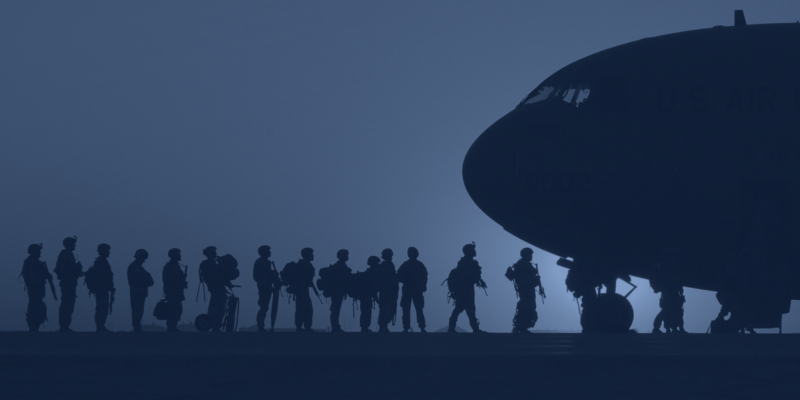Meet the VetPop of 2030: Service Era and Geography

As of November 1, 2020, National Veterans Intermediary (NVI) is called the Local Partner Network. Older content may reference our original name.
At the turn of this new decade, we’ve been thinking about what’s ahead for our nation’s veterans. Statistics tell us that the veteran population in 2030 will look quite different than it does today. So what will it look like, and what do these changes mean for communities serving veterans? This series of blogs compares the demographic makeup of the 2020 veteran population to that of 2030. We’ll consider the circumstances driving these demographic shifts, imagine the challenges and opportunities they present, and offer considerations for collaboratives as they work to create communities in which veterans and their families can thrive after service. Here’s what we know about 2030…
The largest service-era cohort will also be the group with the longest continuous wartime service.
In 2030, the majority of veterans—52.8%—will have served during the Gulf War era, including Post-9/11 veterans who will make up 23.8% of the veteran population. It is possible that by 2030, the entire military experience of the majority of America’s veterans will been served during times of war.
Communities can continue to improve how they serve these veterans and their families by:
- Continuing to support the caregivers who play a significant role in recovery and well-being for ill and injured veterans.
- Considering that surveys show that many veterans who participated in the wars in Iraq and Afghanistan are unsure that they made a difference or believe they did not; for veterans experiencing this dissatisfaction, cynicism, or ennui, traditional gratitudes and honors may not resonate or otherwise be well-received.
- Remaining abreast of research and best practices—both for clinical practitioners and anyone serving veterans—on connecting with and caring for veterans with the “trademark injuries” of these wars: PTSD, TBI, and moral injury. People living with each (or some, or all) of these injuries may experience cognitive changes that inherently make it difficult to both recognize when there is a problem and ask for help to solve it.
- Tightening public-private connections with active duty military installations and guard and reserve units to identify ways to bring veterans into the fold sooner.
Veterans will continue to settle in the south and the west.









